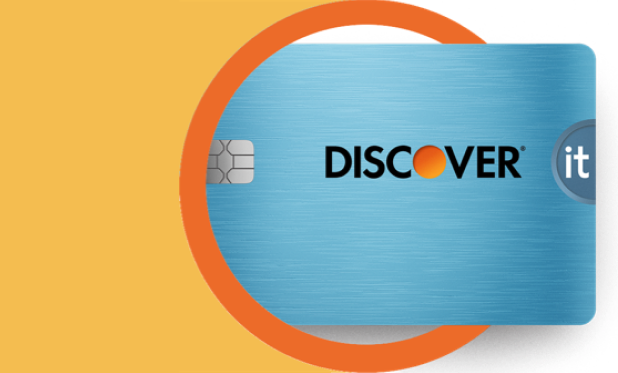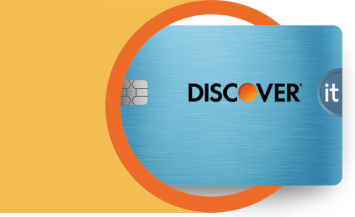If you ever use your credit card to make an online purchase, use your card to make payments over the phone, or otherwise have to provide your card number for a transaction without tapping or swiping the physical card, you’ve probably encountered the term “CVV.” If you’ve wondered what the meaning of CVV is, how to find the CVV, or why you have to provide it, you’re not alone.
We’ve gathered some of the top questions about the CVV code on credit cards to help shed some light on the subject.

What is a CVV Number on a Credit Card?
Next steps


See rates, rewards and other info
You may also be interested in
Was this article helpful?
Was this article helpful?
-
Online Privacy Protection: Online Privacy Protection is offered by Discover Bank at no cost and only available in the mobile app. About every 90 days we will scan at least 10 people-search sites for your online personal information and help you submit opt-out requests. Types of personal information found on these sites will vary.
-
Legal Disclaimer: This site is for educational purposes and is not a substitute for professional advice. The material on this site is not intended to provide legal, investment, or financial advice and does not indicate the availability of any Discover product or service. It does not guarantee that Discover offers or endorses a product or service. For specific advice about your unique circumstances, you may wish to consult a qualified professional.


